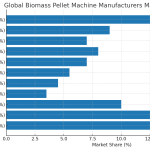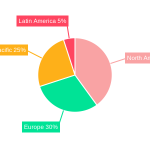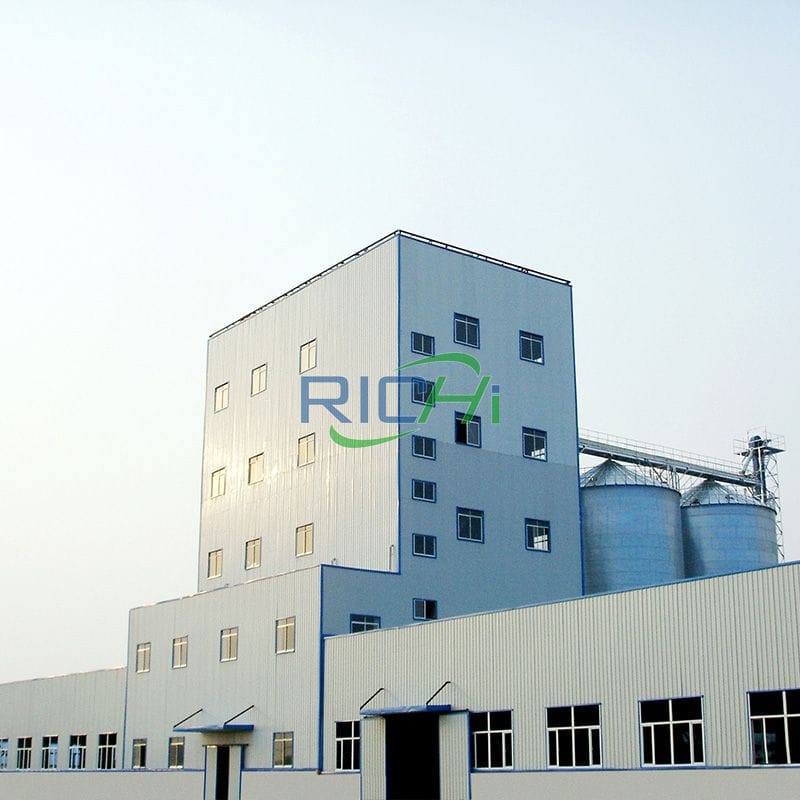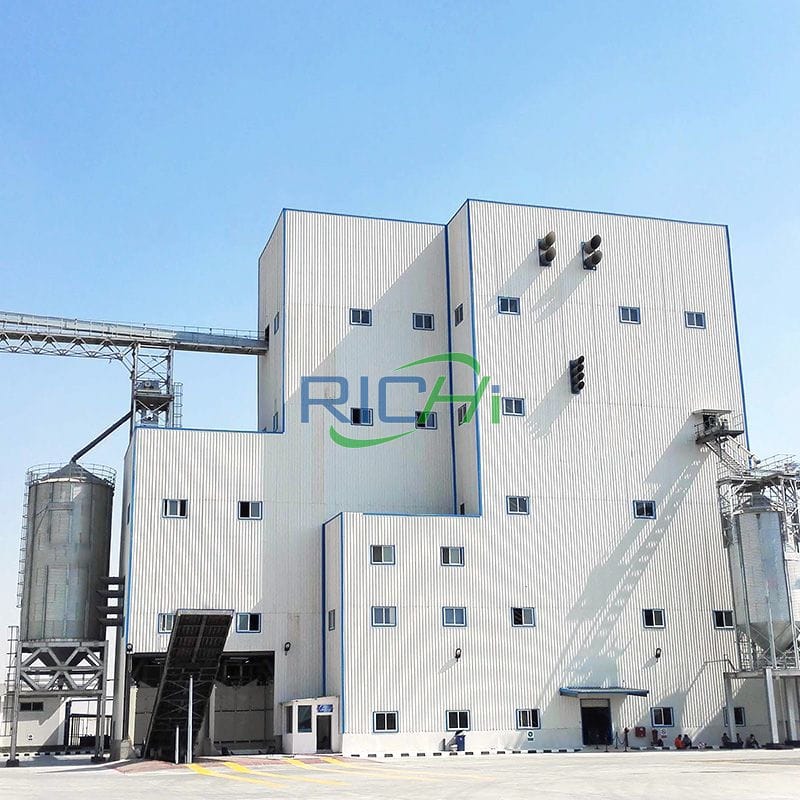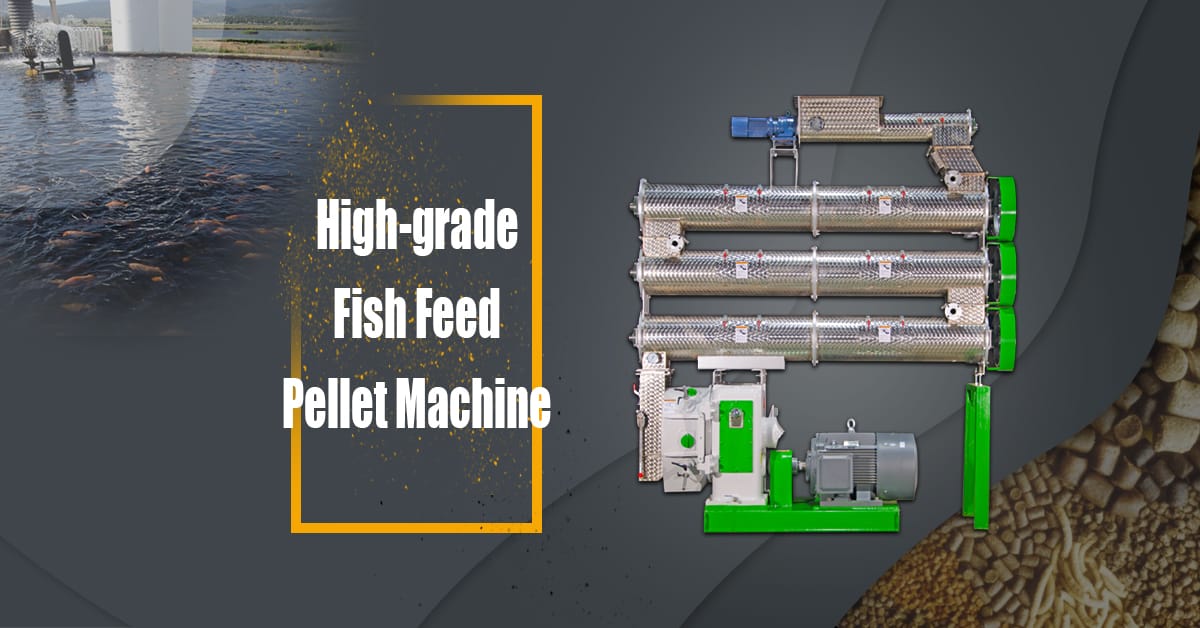A 40-50 tons per hour (t/h) fish feed mill project represents a significant investment and production capacity within the aquaculture sector. To ensure the success and profitability of such a large-scale operation, establishing effective sales channels is essential. This article examines the primary sales channels available for a 40-50t/h fish feed mill project and discusses strategies to optimize these channels for maximum market penetration and revenue generation.
Direct Sales to Large-Scale Fish Farms
One of the main sales channels for a high-capacity fish feed mill is direct sales to large-scale fish farms. This channel offers several advantages:
- High Volume Sales: Large fish farms require substantial amounts of feed, aligning well with the production capacity of a 40-50t/h mill.
- Long-term Contracts: Establishing direct relationships with large farms can lead to long-term supply contracts, ensuring stable demand.
- Customization Opportunities: Direct communication with farms allows for the development of customized feed formulations to meet specific needs.
Strategy: Build a dedicated sales team to foster relationships with large fish farms. Offer technical support and tailored solutions to enhance customer loyalty.
Distributor Networks
Utilizing a network of distributors can significantly expand the reach of the fish feed mill:
- Geographic Expansion: Distributors can help penetrate markets in different regions or countries.
- Market Knowledge: Local distributors often possess valuable insights into regional market dynamics and customer preferences.
- Reduced Logistical Burden: Distributors can manage storage and transportation, easing the operational load on the feed mill factory.
Strategy: Carefully select and train distributors, providing them with product knowledge, marketing support, and competitive pricing structures to incentivize sales.
Retail Outlets
While not the primary channel for a large-scale feed mill, retail outlets can serve smaller fish farms and hobbyist aquaculturists:
- Brand Visibility: Presence in retail stores enhances brand recognition.
- Market Diversification: Catering to smaller customers can help balance demand fluctuations from larger clients.
- Higher Margins: Retail sales often command higher profit margins per unit.
Strategy: Develop appropriate packaging sizes for retail sales and create marketing materials that highlight the quality and benefits of the feed for smaller-scale users.
E-commerce Platforms
In today’s digital landscape, e-commerce platforms offer a valuable sales channel:
- 24/7 Accessibility: Online platforms allow customers to place orders at any time.
- Broader Reach: E-commerce can help reach customers in areas where physical distribution might be challenging.
- Data Collection: Online sales provide valuable data on customer preferences and buying patterns.
Strategy: Develop a user-friendly e-commerce platform or partner with existing agricultural e-commerce marketplaces. Implement digital marketing strategies to drive online sales.
Government and Institutional Contracts
Securing contracts with government agencies or research institutions can provide a stable sales channel:
- Large Volume Orders: Government aquaculture programs or research institutions often require substantial quantities of feed.
- Prestige: Supplying to reputable institutions can enhance the feed mill’s credibility in the market.
- Research Opportunities: Collaborations with institutions can lead to product improvements and innovations.
Strategy: Engage with relevant government agencies and research institutions. Participate in tenders and showcase the feed mill’s quality standards and production capacity.
Export Markets
For a 40-50t/h fish feed mill, exploring export markets can be a significant opportunity:
- Market Expansion: Exporting allows access to international markets, potentially increasing overall demand.
- Currency Advantages: Favorable exchange rates can enhance profitability in certain markets.
- Risk Diversification: Presence in multiple markets can mitigate risks associated with local market fluctuations.
Strategy: Research potential export markets, understand international regulations, and consider partnering with local distributors in target countries.
Aquaculture Cooperatives
Collaborating with aquaculture cooperatives can provide access to a network of fish farmers:
- Collective Purchasing Power: Cooperatives often make bulk purchases on behalf of their members.
- Community Trust: Working with cooperatives can build trust within the aquaculture community.
- Educational Opportunities: Cooperatives can serve as platforms for educating farmers about new feed products and technologies.
Strategy: Develop partnerships with aquaculture cooperatives, offering them competitive pricing and support services for their members.

Private Label Manufacturing
Producing feed for other brands under private label agreements can effectively utilize the high production capacity:
- Capacity Utilization: Private label manufacturing can help maintain high production levels even when branded sales fluctuate.
- Reduced Marketing Costs: The private label partner typically handles marketing and sales efforts.
- Market Insights: Producing for other brands can provide valuable insights into different market segments.
Strategy: Identify potential private label partners and develop flexible production capabilities to meet varying specifications.
Vertical Integration
For a feed mill of this scale, considering vertical integration into fish farming operations can create a guaranteed sales channel:
- Assured Demand: Owning fish farming operations ensures a baseline demand for feed production.
- Quality Control: Vertical integration allows for better control over the entire production chain, from feed to fish.
- Market Insights: Direct involvement in fish farming provides firsthand knowledge of industry needs and trends.
Strategy: Carefully assess the feasibility of vertical integration, considering factors such as capital requirements, operational complexity, and market conditions.
Conclusion
A 40-50t/h fish feed mill project necessitates a multi-faceted sales approach to ensure optimal utilization of its production capacity. By leveraging a combination of direct sales to large farms, distributor networks, retail outlets, e-commerce platforms, government contracts, export markets, cooperatives, private label manufacturing, and potential vertical integration, the feed mill can establish a robust and diversified sales strategy.
The key to success lies in understanding the unique advantages of each sales channel and tailoring the approach to maximize its potential. This may involve developing different product lines, packaging options, and marketing strategies for various channels. Additionally, maintaining consistent product quality, providing excellent customer service, and staying attuned to market trends will be crucial in building and maintaining strong relationships across all sales channels.
By effectively managing and optimizing these diverse sales channels, a 40-50t/h fish feed mill can ensure steady demand, maximize capacity utilization, and achieve long-term success in the competitive aquaculture feed industry.
For details please contact: feed pellet machine
WhatsApp:86 138 3838 9622
Email:enquiry@richipelletmachine.com

